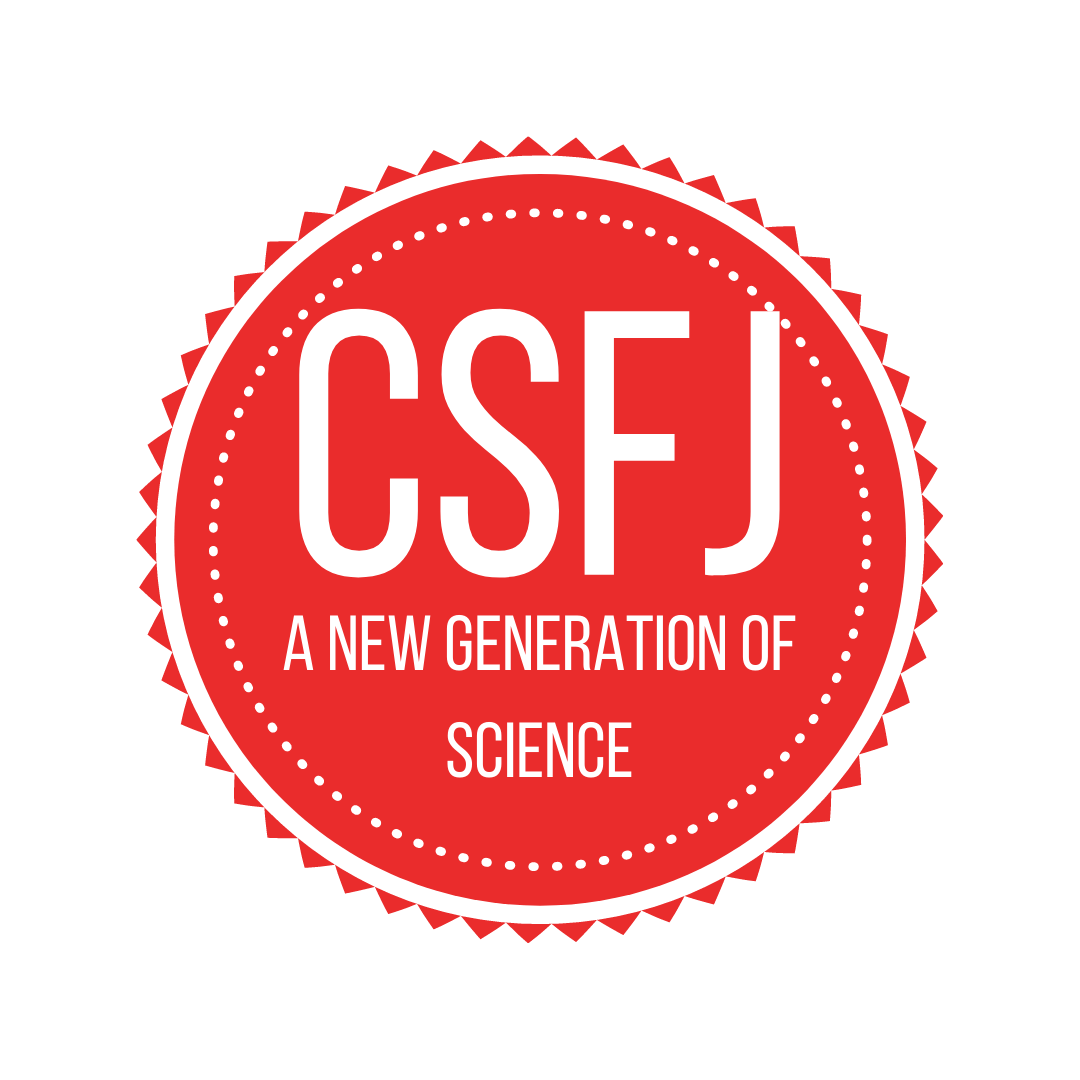by Becca Barbera
The purpose of this experiment was to determine the diffusion coefficient of Pu3+ through MX-80 clay, alongside the interference of the SR-270-PW brine solution of sedimentary rock formations. This study has many valuable applications and provides nuclear waste management organizations with specific data regarding location and storage methods, which will both ensure public protection and support clean-energy production.







